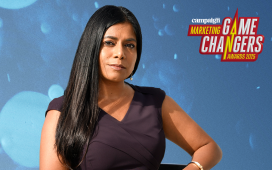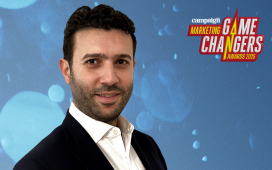Chris Solomi, Chief Digital Officer, Omnicom Media Group (OMG), shares his thoughts on what the Middle East’s marketers are getting wrong and what can be done about it.
There’s a growing issue in the Middle East’s marketing industry. It’s something we see worldwide, but here it’s particularly problematic: marketers are prioritising short-term metrics, especially digital performance, over long-term brand building.
In the rush to secure quick wins – clicks, conversions, and short-term sales – marketers are missing out on what truly drives sustainable growth.
The irony? Decades of research from the Ehrenbe
To continue reading this article you need to be registered with Campaign. Registration is free and only takes a minute. Register Now or sign in below if you already have an account.









